Color is a powerful tool that influences our emotions, behaviors, and perceptions. In the realm of interior design, the colors we choose for our walls can significantly reflect our personalities and even affect our mood. Understanding the psychology of color can help us make informed decisions about our living spaces. In this blog, we’ll explore what different wall colors signify and how they can impact our daily lives.
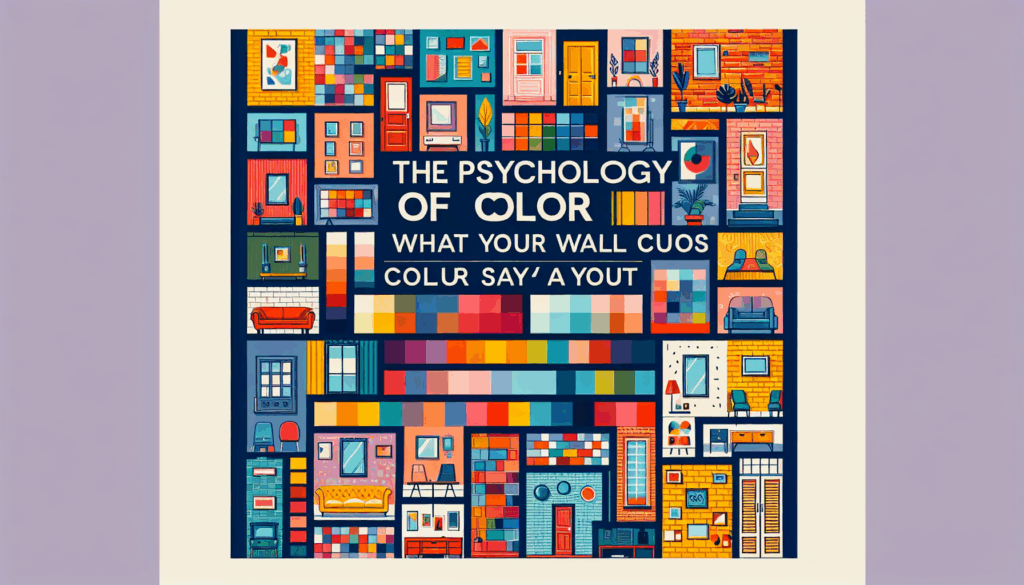
The Basics of Color Psychology
Color psychology is the study of how colors affect human behavior and emotions. Different colors evoke different feelings, and this can vary based on personal experiences, cultural contexts, and individual preferences. For instance, while red might be associated with passion and energy in many cultures, it can also symbolize danger or anger in others.
When it comes to our homes, the colors we choose for our walls can create an atmosphere that resonates with our mood or state of mind. Here’s a breakdown of some common colors and their psychological implications.
1. Red: Passion and Energy
Red is a bold and dynamic color that often represents excitement, passion, and intensity. When used on walls, red can stimulate the senses and increase energy levels, making it an excellent choice for areas where social interaction occurs, such as living rooms and dining spaces. However, too much red can lead to feelings of aggression or anxiety, so it’s essential to balance it with softer hues.
2. Blue: Calm and Serenity
Blue is known for its calming effects and is often associated with tranquility and peace. This color can create a serene environment, making it a popular choice for bedrooms and bathrooms. Lighter shades of blue evoke feelings of relaxation, while darker blues can lend a sense of sophistication. However, be cautious with darker blues, as they can sometimes create a feeling of heaviness if overused.
3. Yellow: Happiness and Optimism
Yellow is the color of sunshine and is often linked to feelings of happiness and optimism. It can stimulate mental activity and encourage communication, making it a great choice for kitchens and playrooms. However, too much yellow can be overwhelming and may even lead to feelings of agitation, so it’s best to use it as an accent rather than the primary wall color.
4. Green: Balance and Harmony
Green is synonymous with nature and represents balance and harmony. It can promote a sense of renewal and revitalization, making it an excellent choice for spaces where relaxation is key, such as living rooms or home offices. Soft greens can create a soothing atmosphere, while brighter greens can energize a space. Green also has a restorative quality, contributing to a sense of well-being.
5. Purple: Creativity and Luxury
Purple is often associated with creativity, luxury, and spirituality. It can serve as a source of inspiration and encourage imaginative thinking, making it a fitting choice for creative spaces like studios or offices. Lighter shades, such as lavender, can create a calming effect, while darker shades can add a regal touch. However, too much purple can be overwhelming, so moderation is key.
6. Orange: Enthusiasm and Warmth
Orange combines the energy of red and the happiness of yellow, creating a vibrant and enthusiastic atmosphere. It can stimulate social interaction and is often considered inviting and friendly. This makes it a great option for common areas like living rooms or dining rooms. However, similar to red, it’s important to balance orange with neutral tones to avoid overstimulation.
7. Neutral Colors: Stability and Flexibility
Neutral colors, such as beige, gray, and white, provide a versatile backdrop that allows other colors and decor to shine. They can evoke feelings of stability and calmness while offering flexibility in styling. Neutrals are often chosen for their ability to create a sense of space and light, making them ideal for smaller rooms or areas that require a more subdued ambiance.
How Color Choices Reflect Personality
The colors we choose for our walls often reflect our personalities and preferences. For instance, people who gravitate towards bold colors like red or orange may be outgoing and adventurous, while those who prefer softer shades like blue or green might be more introspective and calm.
Additionally, our color choices can evolve over time, mirroring changes in our lives or emotional states. A person who feels energetic and vibrant may opt for brighter hues, while someone going through a challenging period might lean towards more subdued tones.
The Impact of Color on Mood and Behavior
Beyond personal expression, the colors in our environment can significantly impact our mood and behavior. Research has shown that certain colors can affect heart rates, blood pressure, and even appetite.
For example:
– Red can increase heart rate and stimulate appetite, which is why it’s often used in restaurants.
– Blue can lower heart rates and create a sense of calm, making it suitable for spaces designed for relaxation.
– Yellow can enhance focus and concentration, making it ideal for study or work environments.
Understanding these effects can help us create spaces that promote well-being, productivity, and comfort.
Conclusion
The psychology of color reveals a fascinating interplay between color choices and our emotions, personalities, and behaviors. By considering the implications of different wall colors, we can create spaces that not only reflect who we are but also enhance our overall well-being.
Whether you’re redecorating your home or simply looking to refresh a room, take the time to think about the colors you choose. The right palette can transform your living space into a sanctuary that resonates with your inner self, promoting peace, creativity, or energy depending on your needs. Embrace the power of color and let your walls tell your story.
AI-Assisted Content Disclaimer
This article was created with AI assistance and reviewed by a human for accuracy and clarity.


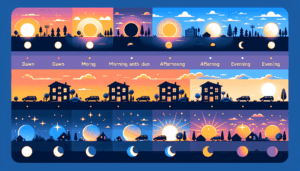
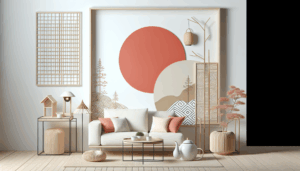
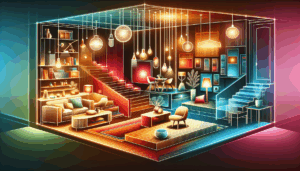
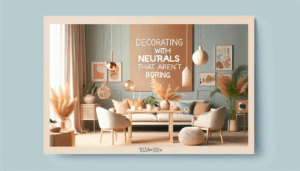
Leave a Reply